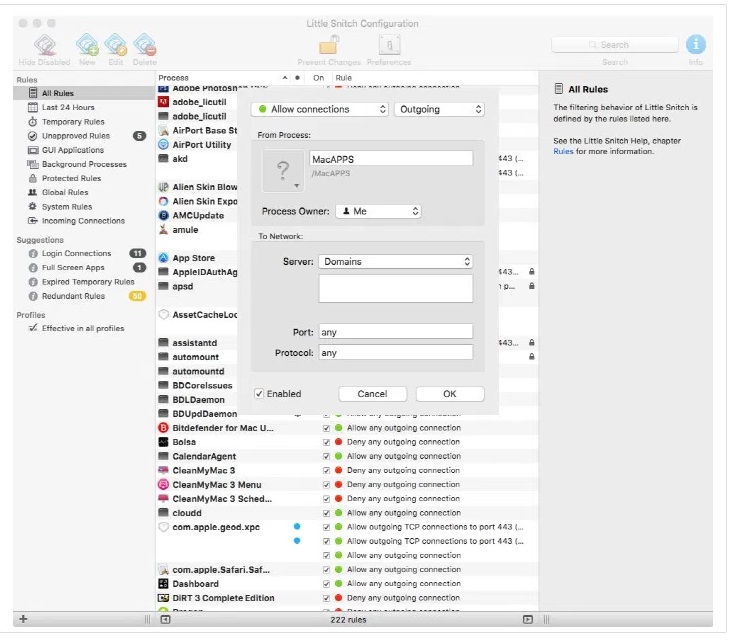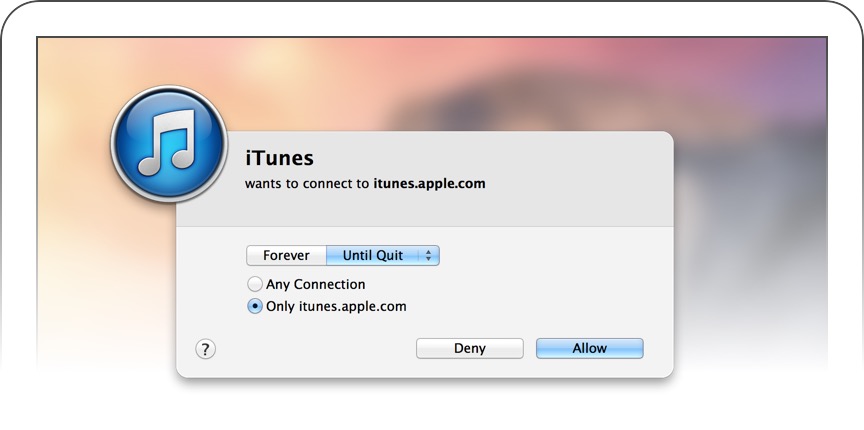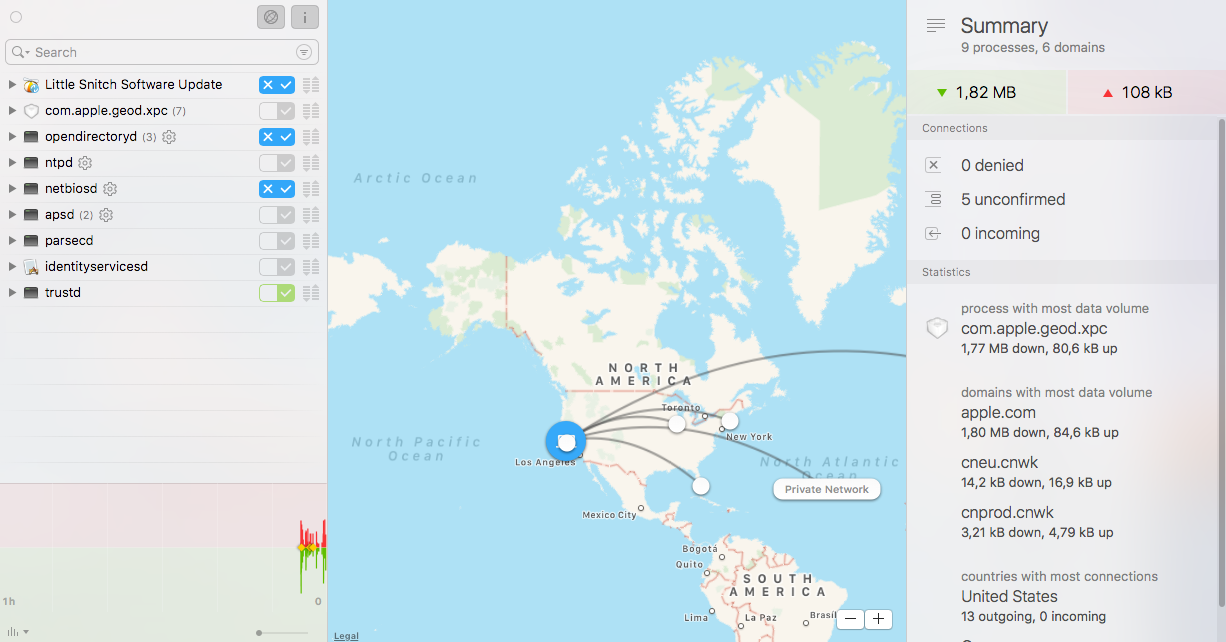


I’d expect a little more from a paid security product.” “However Little Snitch is really really easy to bypass – kinda like Windows firewall products were 10 years ago. Just something users should be aware of,” Wardle explained. This is true of most security products – so I’m not trying to single out Little Snitch. “Users should be aware that if an attacker or piece of malware wants to bypass it, they easily could. However, he noted that it is trivial to bypass. The researcher believes Little Snitch is a decent product and it even uses it himself. connect to a command and control server, etc) in an uninhibited manner without generating any alerts from the firewall,” Wardle said. “ afford an attacker or malware the ability to utilize the network (e.g. In addition to the kernel heap overflow vulnerability, Wardle also identified several ways to bypass the firewall, including by abusing rules and process-level trust, and simply by simulating user interaction. “‘Hiding’ a fix for a reported exploitable kernel bug in the release notes as a ‘rare issue that could cause a kernel panic’ borders on dishonestly – IMHO.”

“The company needs a better procedure to handle reported security vulnerabilities so that their users will be made aware of any such reported issues so they can update and protect themselves,” Wardle noted. While the vulnerability was addressed quickly by Objective Development, Wardle told SecurityWeek he was displeased that the company only described the flaw in the release notes as a “rare issue that could cause a kernel panic.” The researcher believes users are less likely to patch their installations if the severity of an issue is downplayed. “We appreciate not only what he is doing as a developer but also his contributions to the entire mac community.” “Patrick is a long-time Little Snitch user and we are in contact at regular intervals,” said Objective Development representatives.

The vendor also pointed out that there is no evidence that the vulnerability has been exploited in the wild. The company told SecurityWeek that versions released in January and later are not affected and its server logs indicate that a vast majority of users have updated their installations. The vulnerability was reported to the developer of Little Snitch, Objective Development, on January 17 and it was patched 11 days later with the release of version 3.6.2. Patrick Wardle, director of research at Synack, discovered that Little Snitch was plagued by a heap overflow that allowed a local user or an unprivileged piece of malware to escalate their privileges to root or run unsigned code in the kernel. A serious vulnerability in the Mac OS X firewall Little Snitch could have been exploited by hackers to gain root privileges on a system or execute arbitrary code in the context of the kernel.


 0 kommentar(er)
0 kommentar(er)
